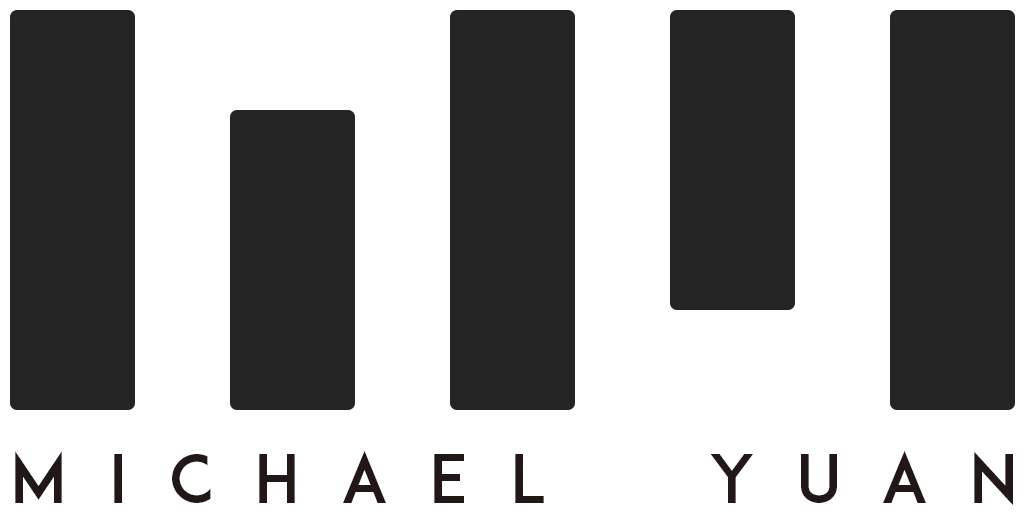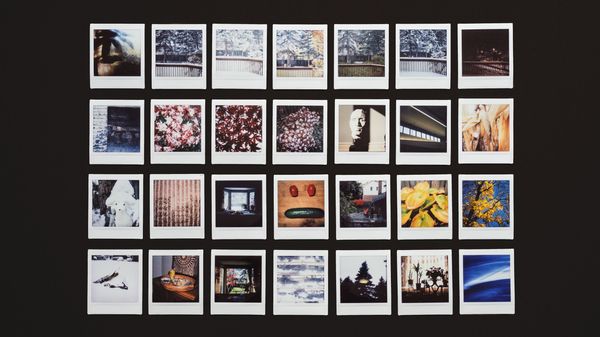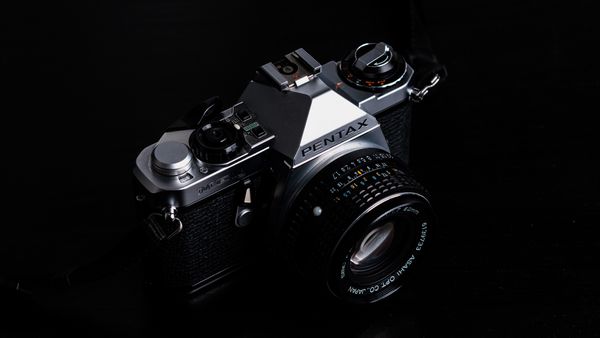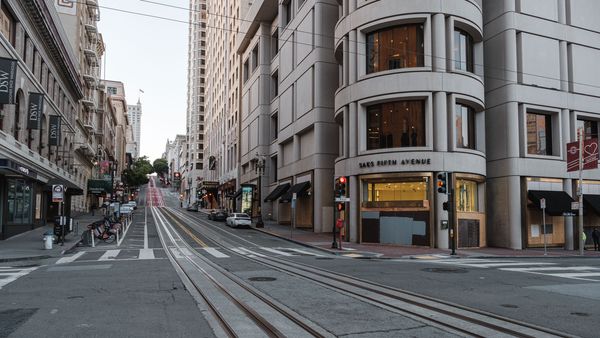Traditionally, most people printed photos for documentary purposes. But nowadays with the likes of Google and Amazon, most people opt to store their photos on cloud storage and share over the internet. Thus, printing photos hardly cross many photographers' minds. Although I don't think printing is for everyone, I do think it's important to print if photography becomes an artistic pursuit.
Admittedly, the idea of printing never even occurred to me until my good friend mentioned it to me. I took a photo I was quite proud of and he encouraged me to consider printing. After getting the initial critique from my friend, I posted the photo online which also received positive feedback and encouragement around printing the photo. Thus, for the first time, I decided to look into printing photos.
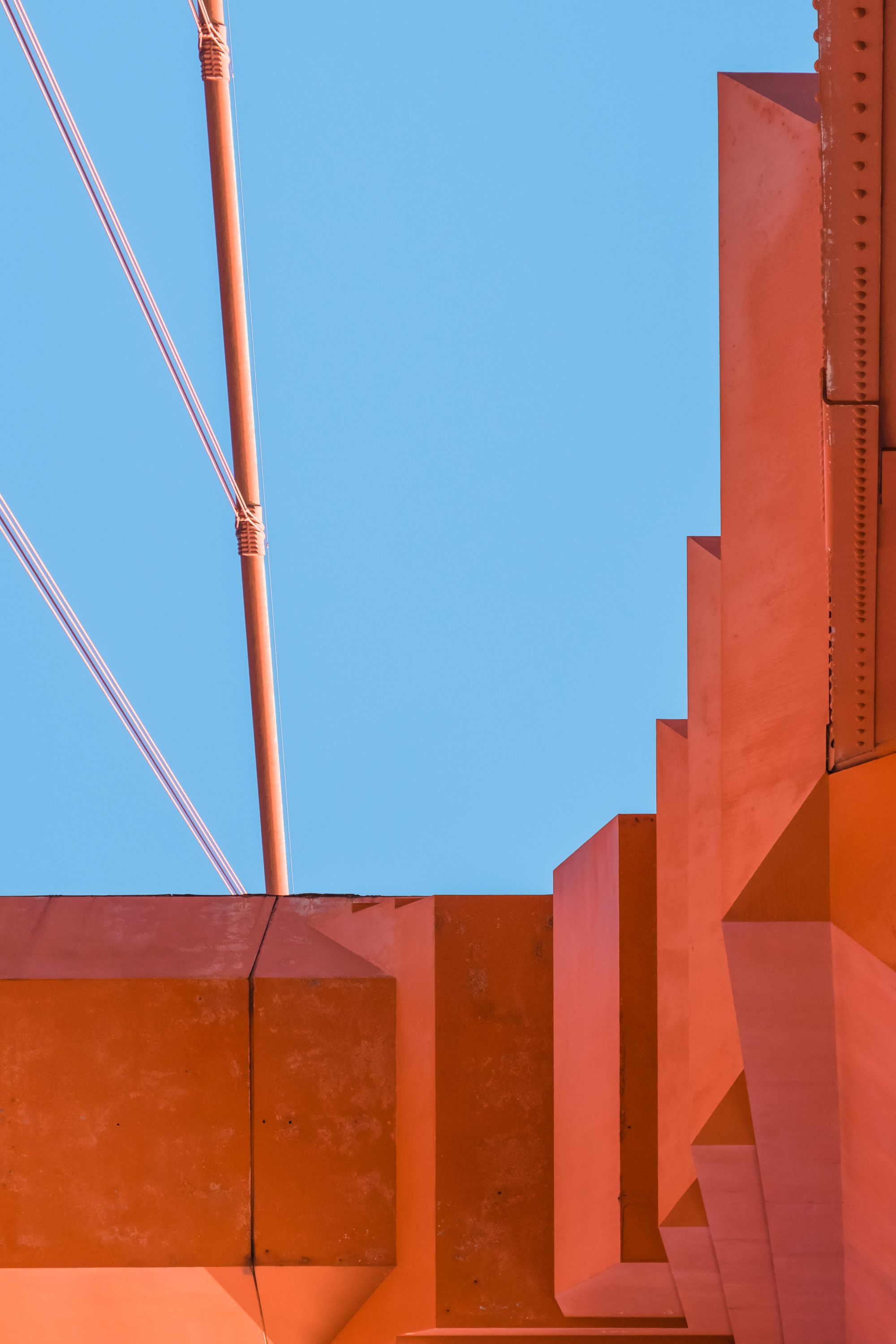
After I made that decision, I noticed I started being more critical around all the fine details when preparing the print. I wanted the print to be perfect. It got to the point where I was trying to fine-tune every parameter in Lightroom. After much anxiety, I've come to accept that these tweaks are highly marginal and don't affect the overall look of the photo. Any errors were due to a lack of skill at that point on my photography journey. Going through this experience, I realized there are practical benefits of printing - I've advanced my skills by being more detail-oriented and critical of my photos, but I've also accepted any imperfections due to skill at the time.
Photos existing only in the digital medium will always be confined by the screen size. Most people will scroll through photography on a small phone screen or laptop screen, which can often take away the impact. Imagine seeing Andreas Gursky's photo in a museum versus a phone, viewing it on a phone would totally defeat the point of the photo. I've personally always preferred to physically see a photo over some screen.
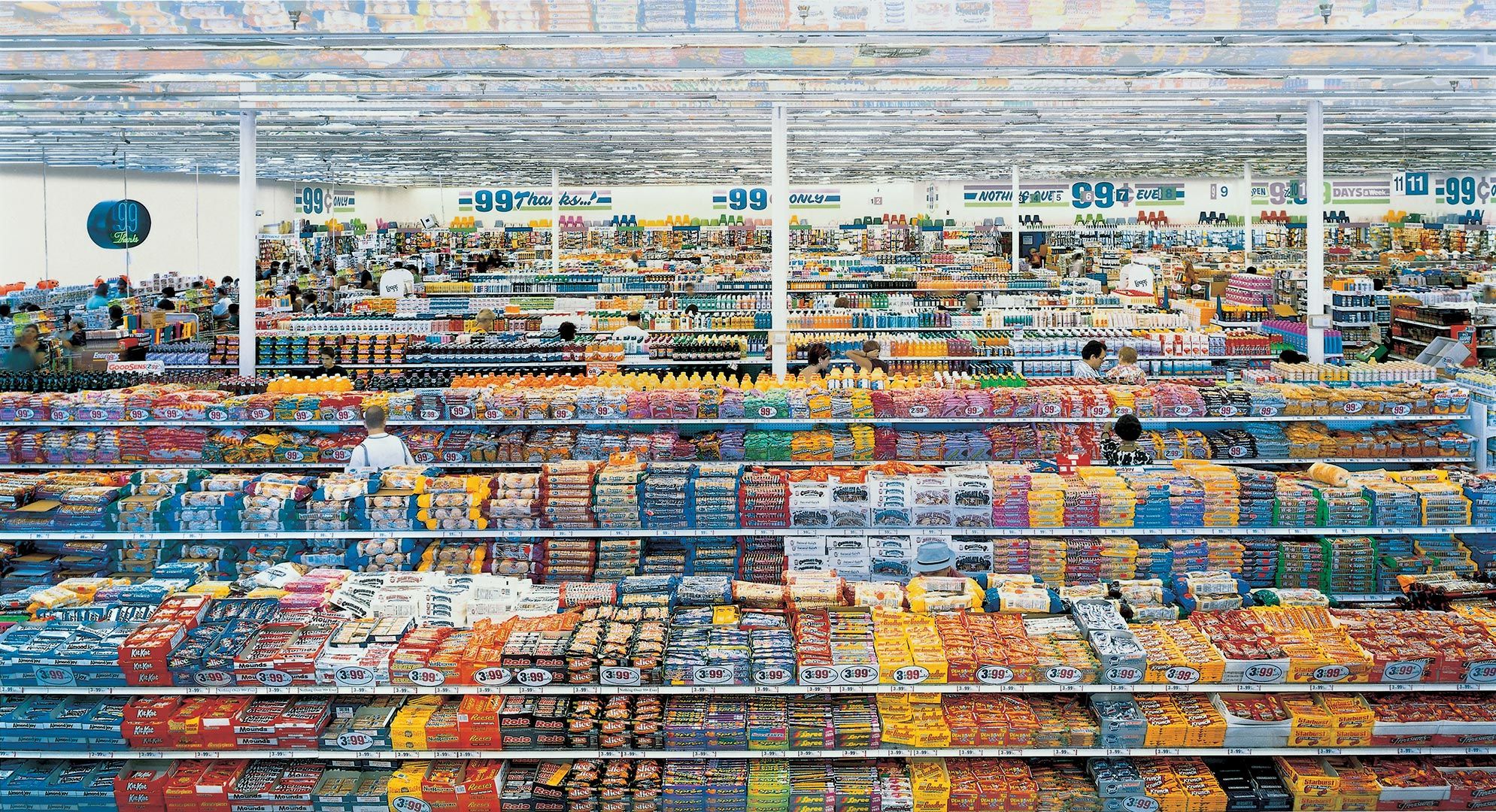
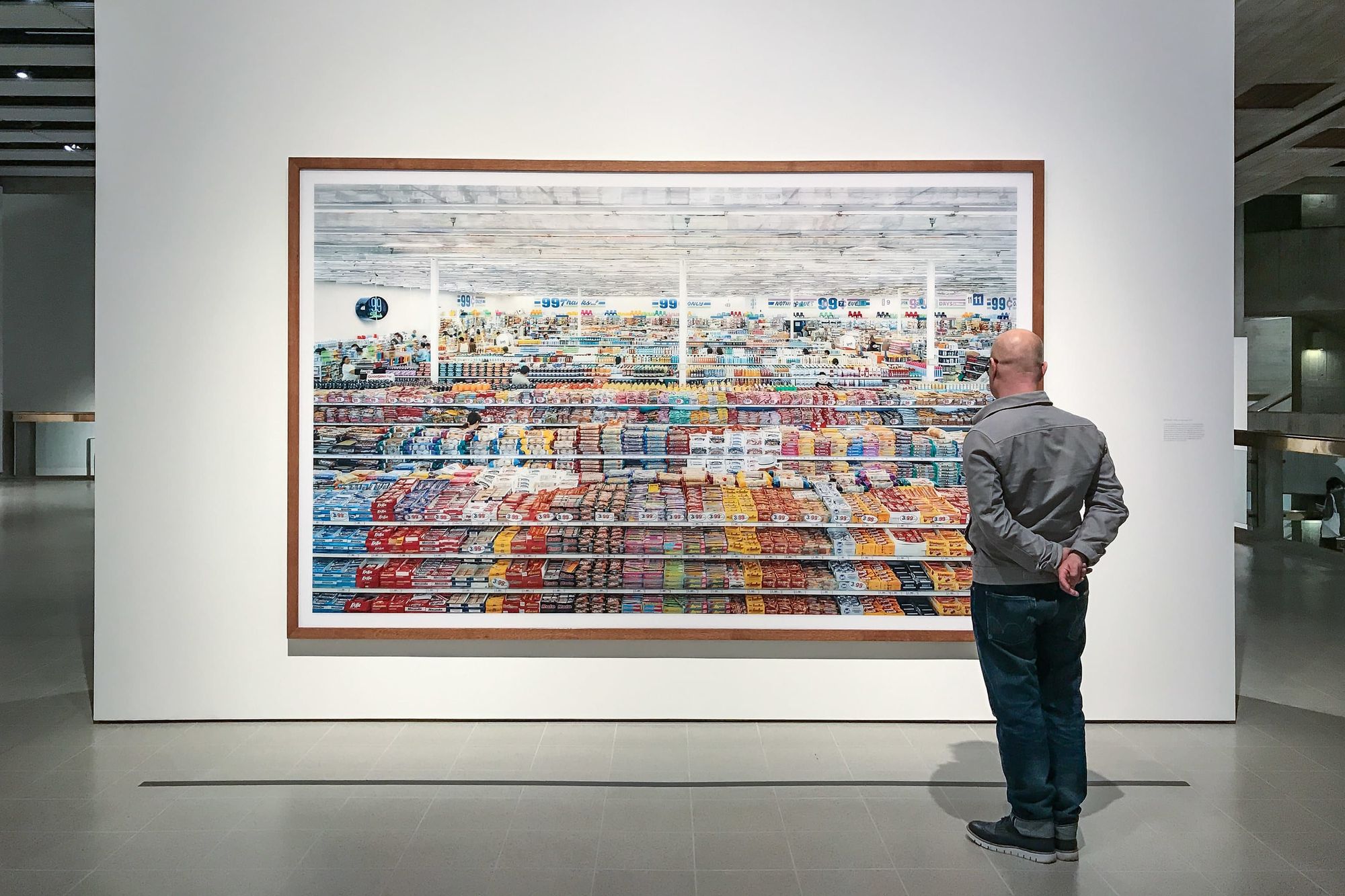
By transferring photos to the physical medium, the photographer must confront a much larger variety of ways to represent the final piece - whether it's print size, print material, or physical framing. The physical medium forces the viewer to see the photo as to how the photographer intended. In comparison, a photograph existing purely in the digital world often doesn't feel complete to me, unless the digital medium was the final intention of the photographer (such as electronic billboards, computer wallpapers).
To me, this makes printing really exciting. There are so many materials I could print the same photo on - paper, canvas, metal - that all produce different subtleties resulting in different viewing experience and look. Then for some materials (such as paper), there are also a wide variety in surface texture - smooth, reflective, glossy, matte. After selecting the material and finish, then I go through an entire similar process again with frames.
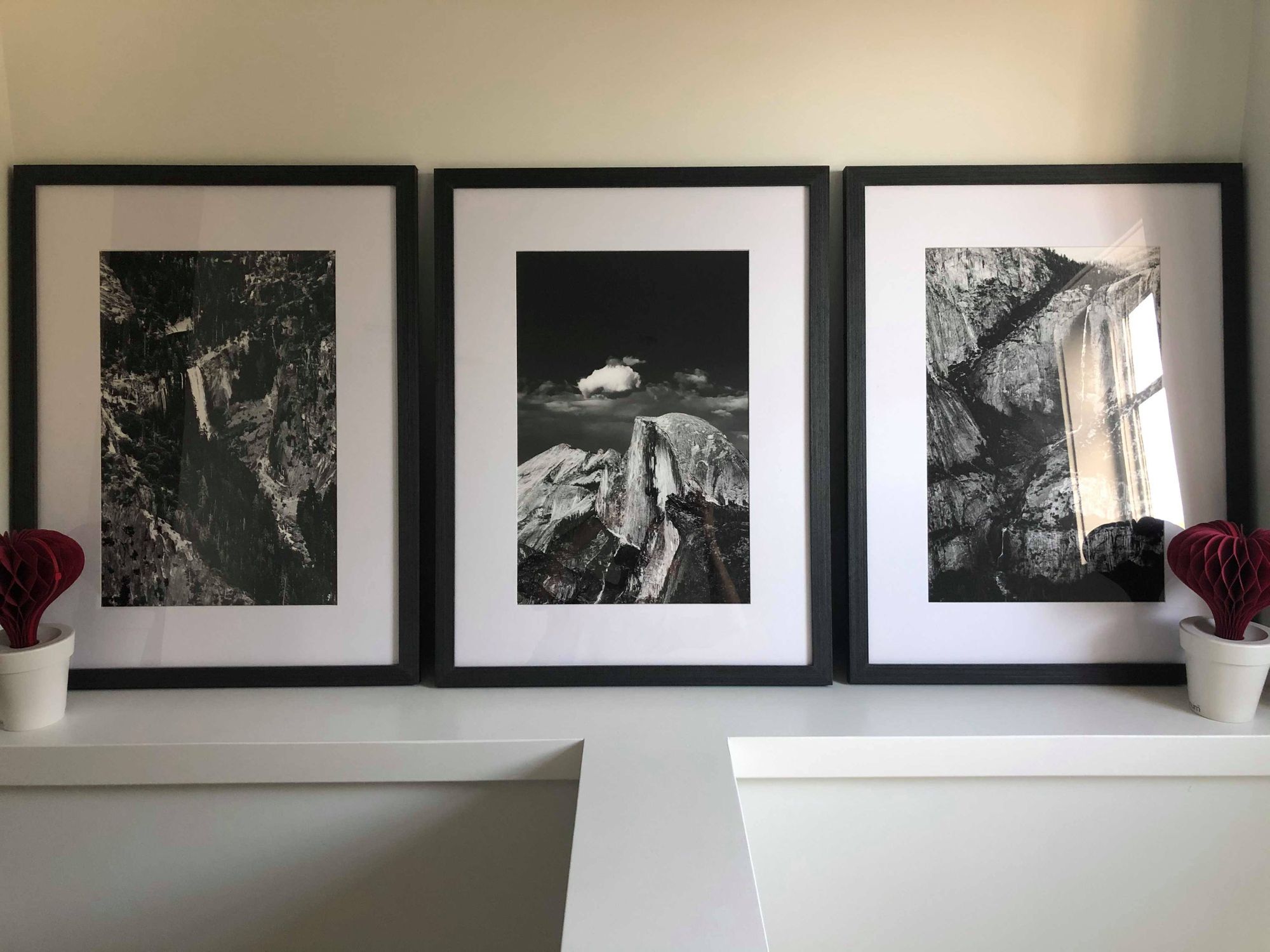
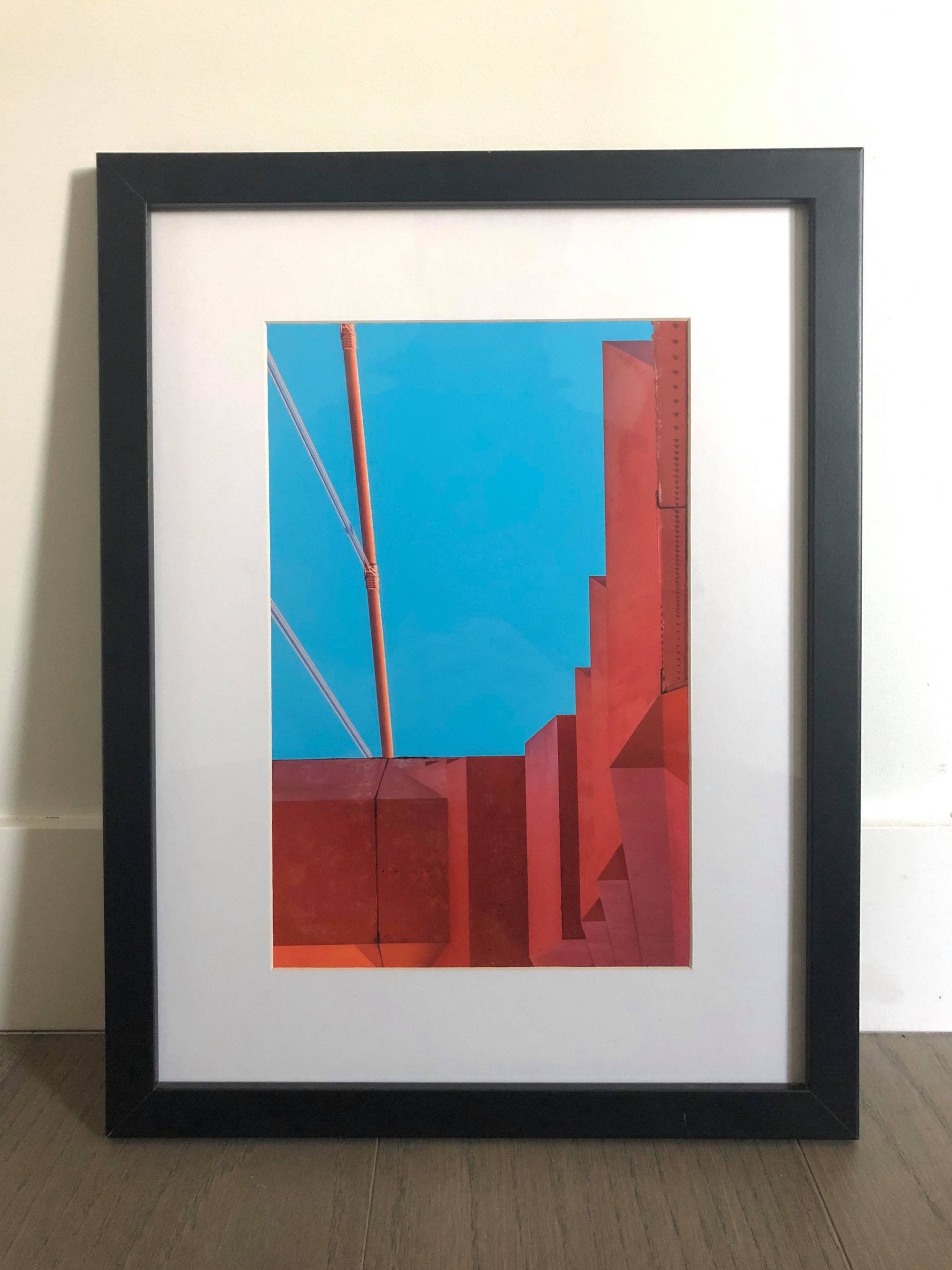
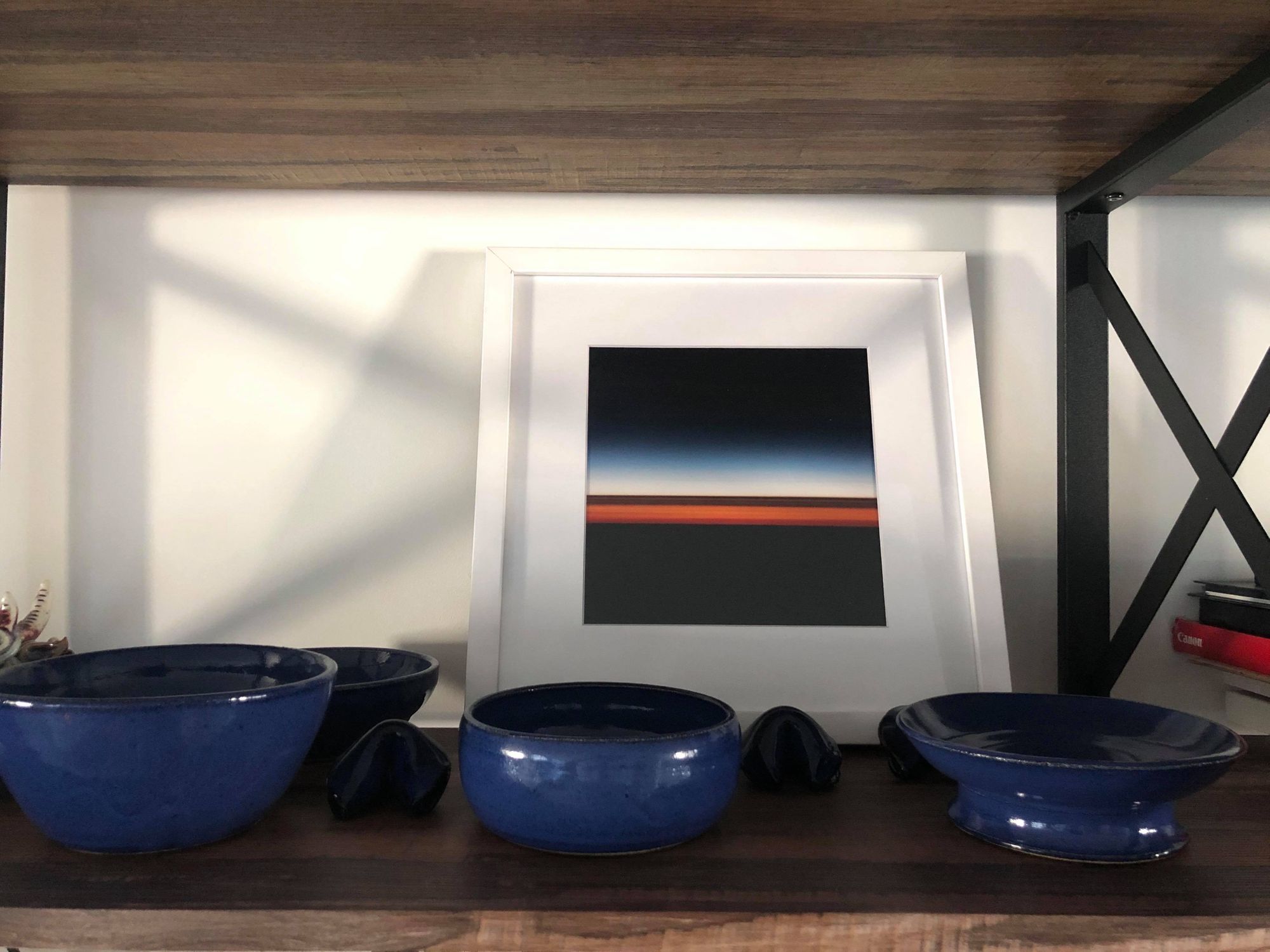
Printing forces me to be more intentional with the presentation and expression of their work, which I believe helps advance creativity. After the hard work of bringing the digital into the physical and finally hanging the piece, I feel a great sense of accomplishment and joy for a job well done.
In the next post, I'll talk about the cost of printing and my own printing setup!
